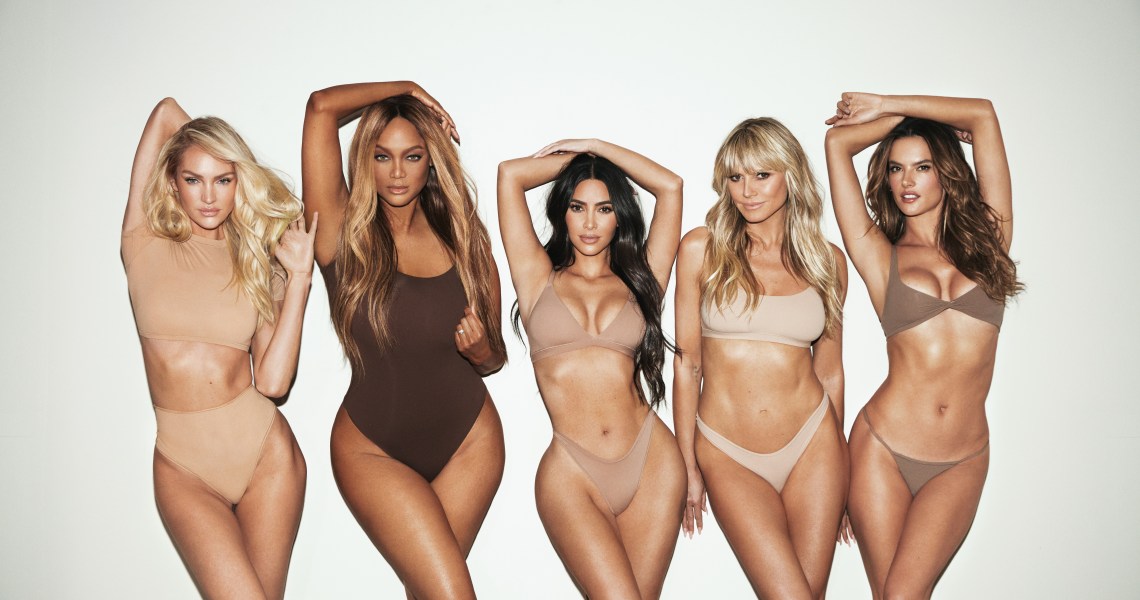As we near the two-month mark of Kim Kardashian partnering almost exclusively with Balenciaga, other brands are expected to adjust their celebrity strategy to better reflect similar committed relationships.
The official Balenciaga x Kim Kardashian partnership started with the release of the Balenciaga campaign featuring Kardashian, in April. The campaign generated a total of $2.43 million in media impact value, according to software and data company Launchmetrics. Of that, $1 million of the MIV came from the brand campaign announcement post Kardashian posted on her own IG account. The announcement came after Kardashian wore the brand to the 2021 Met Gala. She wore a full black bodysuit and walked the carpet alongside the designer, Demna.
Considering Kardashian’s reach across social media, Kardashian’s choice may be puzzling as the single partnership restricts her opportunities. However, this could herald a new way that brands can partner with stars to take full advantage of their audiences.
“Kim is in Balenciaga ads, she’s wearing the brand to events and on social media. Without having to label it as #sponsored, Balenciaga and Kim are weaving their brands together in a way that lifts both of them up onto a higher plane,” said James Nord, Fohr influencer agency founder and influencer expert. “While it would be hard to match the scale of something like this, we absolutely see more brands opting for the ‘do more with less’ influencer model.”
The success of the Kardashian-Balenciaga partnership on social could signal a quick move away from the mass partnerships with multiple creators or celebrities, especially for luxury brands. At the moment, other luxury brands are still partnering with a curated list of multiple ambassadors. For Chanel’s part, it’s teaming with Kristen Stewart, Sofia Coppola and Charlotte Casiraghi. And Louis Vuitton has chosen to expand the strategy to different areas of the globe with multiple local celebrities.
Nord called out Kardashian’s simultaneous shift away from sponsored content upon working with Balenciaga. “In her last 100 posts, she doesn’t have a single piece of sponsored content,” he said. “She has started to build larger partnerships with brands and is supporting those brands organically.”
He also noted that while she is wearing Balenciaga in many of her posts, she has only tagged or mentioned the brand three times, leading followers to believe that she isn’t explicitly being paid to post about them on social. Kardashian has been loyal to Balenciaga, posting outfits on her Instagram almost exclusively from the label except for her own brand Skims. Balenciaga did not disclose any details of the partnership.
Ad position: web_incontent_pos1
Alison Bringé, CMO at Launchmetrics, believes the Kardashian-Balenciaga relationship signals a shift as influencer partnerships enter their 3.0 phase. “Today, as a society, we look at brands on one side of the aisle and creators — aka influencers — on the other side. But in the future, we predict that there will just be companies. We already see how so many creators are starting their own brands or collaborating with established ones to help drive their own ‘brand performance.’”
The key here is the legacy followings that celebrities like Kardashian have, and there are just a few celebrities that can do what she does.
This trend is sure to expand, according to Bringé, as companies have to continuously innovate and differentiate to attract, engage and retain their consumer followings.


